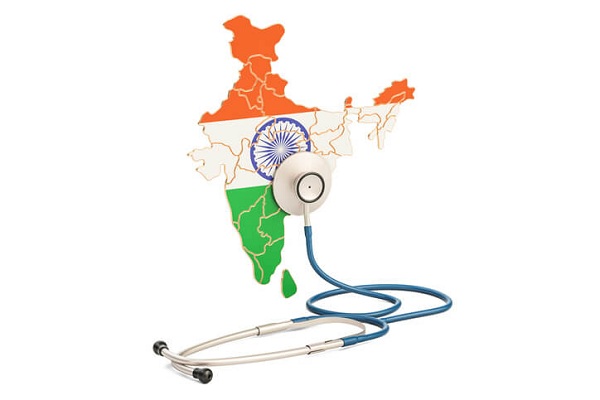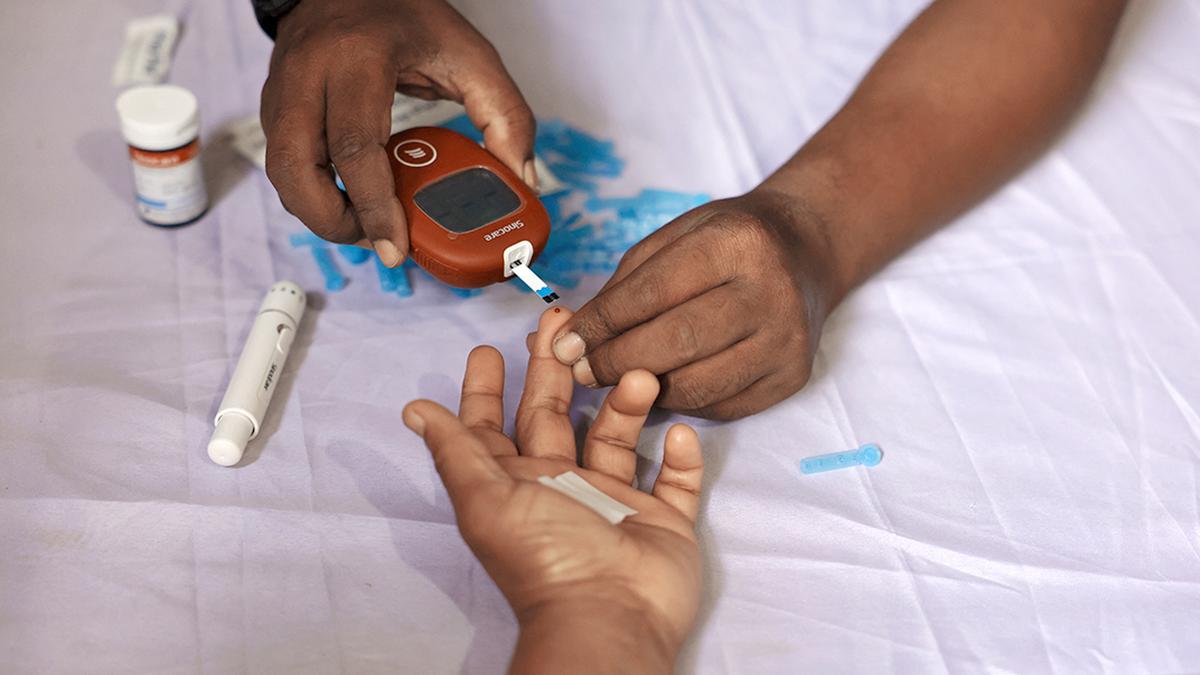A concerning study conducted by researchers from Zhejiang University School of Medicine, China, has revealed a startling connection between continuous exposure to outdoor artificial light at night and a heightened risk of stroke among adults. The study, which analysed data from over 28,000 adults in China, sheds light on the potential health hazards of light pollution and exposes the need for greater awareness and preventive measures.
The researchers utilized satellite images to map light pollution and assess participant’s exposure to residential outdoor night-time light. Cases of stroke were confirmed through hospital medical records and death certificates, providing robust evidence for their findings.
Over a six-year period, the analysis revealed that 1,278 individuals developed cerebrovascular disease, including 777 cases of ischemic (clot-caused) stroke and 133 cases of hemorrhagic (bleeding) stroke. Remarkably, individuals with the highest levels of exposure to outdoor light at night exhibited a 43% increased risk of developing cerebrovascular disease compared to those with the lowest levels of exposure.
Jian-Bing Wang, a researcher at Zhejiang University School of Medicine and one of the corresponding authors of the study, emphasized the significance of these findings. “Our study suggests that higher levels of exposure to outdoor artificial light at night may be a risk factor for cerebrovascular disease,” Wang stated. “Therefore, we advise people, especially those living in urban areas, to consider reducing that exposure to protect themselves from its potential harmful impact.”
The detrimental effects of continuous exposure to artificial light on human health are well-documented. Artificial light sources such as fluorescent, incandescent, and LED lights can disrupt the body’s natural production of melatonin, the sleep-promoting hormone, leading to disturbances in the circadian rhythm and sleep patterns.
“We need to develop more effective policies and prevention strategies to reduce the burden of disease from environmental factors such as light pollution, particularly for people living in the most densely populated, polluted areas around the world,” Wang emphasized.
While previous research has explored the association between light pollution and cardiovascular disease, this study represents one of the first attempts to investigate the relationship between exposure to light pollution at night and the risk of cerebrovascular disease and stroke. The findings highlight the urgent need for public health interventions aimed at minimizing exposure to artificial light and mitigating the adverse health effects associated with light pollution.
As we dive deeper into understanding the impact of environmental factors on human health, initiatives focused on promoting sleep hygiene, reducing light pollution, and fostering awareness about the importance of darkness for optimal health outcomes are essential. By addressing these concerns, we can take significant strides towards safeguarding brain health and reducing the incidence of stroke in our communities.

 This study represents one of the first attempts to investigate the relationship between exposure to light pollution at night and the risk of cerebrovascular disease and stroke.
This study represents one of the first attempts to investigate the relationship between exposure to light pollution at night and the risk of cerebrovascular disease and stroke.










.jpeg)







.jpeg)

.jpg)










